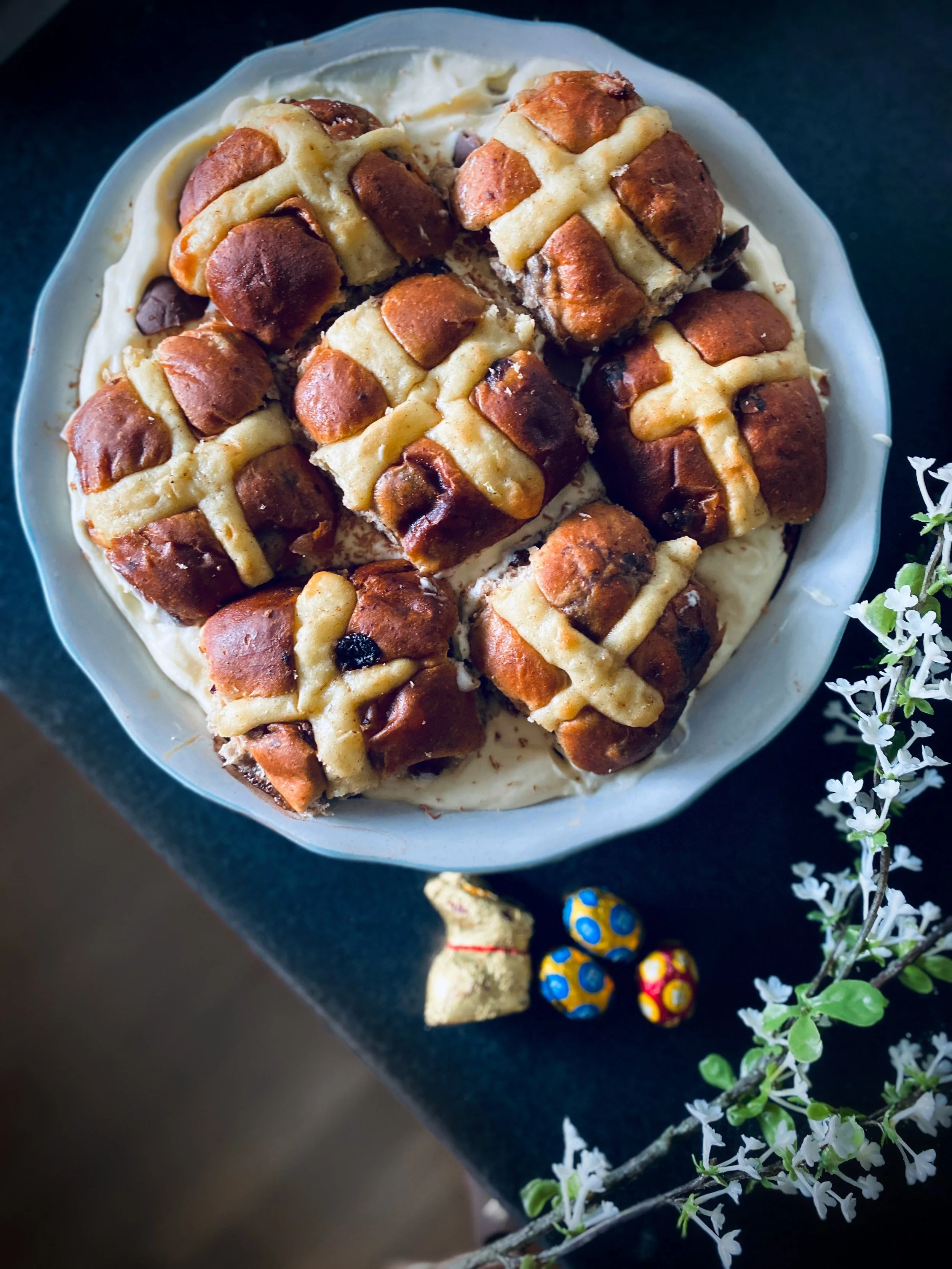There are some great books out there these days celebrating food in Aotearoa/New Zealand. Some of the authors write from a place of connection and have made a special point of including pertinent Māori words - or kupu (along with a kuputaka or glossary for reference). These kupu often include explanations of important Māori concepts, without which some discussions become really difficult!
Some Māori words don’t need translation here in New Zealand, where Te Reo Māori is one of our 3 national languages, but not everyone who eats in Aotearoa was raised in Aotearoa. We have a complex audience of diners and we want to make these kupu and concepts readily accessible.
If you’re eating our bread, you might like to know (and click through to Te Aka Māori Dictionary for the pronunciation of):
parāoa: bread, flour, dough
kai: 1. (verb) to eat, consume, feed (oneself), partake, devour. 2. (verb) to drink - used for any liquid other than water. 3. (noun) food, meal.
toutou: (verb) to dip frequently into (a liquid). (eg when you’re eating soup, you can use your bread to toutou)
rēwana: bread made with potato yeast, leaven, yeast - a substance added to dough to make it ferment and rise. (Note also rēwena)
rēwena: 1. (loan) (verb) to ferment, cause bread to rise. 2. (loan) (noun) bread made with potato yeast, yeast, leaven - substance added to dough to make it ferment and rise.
reka: 1. (verb) to be pleasant, pleasing, agreeable. 2. (modifier) sweet, tasty, palatable. 3. (noun) sweetness, tastiness, flavour.
awhi: to embrace, hug, cuddle, cherish.
pātaka: storehouse raised upon posts, pantry, larder.
whare: house, building, residence, dwelling, shed, hut, habitation.
wharekai: dining hall, refectory, cafe, restaurant.
ringawera: kitchen worker, kitchen hand.
mokopuna: grandchildren, grandchild - child or grandchild of a son, daughter, nephew, niece, etc.; descendant
kaitiaki: trustee, minder, guard, custodian, guardian, caregiver, keeper, steward.
āwhina: 1. (verb) to assist, help, support, benefit. 2. (modifier) assisting, aiding, helping, benefitting. 3. (noun) assistance, aid, help, benefit. 4. a sister of mercy in the Rātana faith.
whānau: extended family, family group, a familiar term of address to a number of people - the primary economic unit of traditional Māori society. In the modern context the term is sometimes used to include friends who may not have any kinship ties to other members.
whanaunga: relative, relation, kin, blood relation.
whanaungatanga: relationship, kinship, sense of family connection - a relationship through shared experiences and working together which provides people with a sense of belonging. It develops as a result of kinship rights and obligations, which also serve to strengthen each member of the kin group. It also extends to others to whom one develops a close familial, friendship or reciprocal relationship.
whakawhanaungatanga: process of establishing relationships, relating well to others.
whakapapa: 1. (verb) to lie flat, lay flat. 2. (verb) to place in layers, lay one upon another, stack flat. 3. (verb) to recite in proper order (e.g. genealogies, legends, months), recite genealogies. 4. (noun) genealogy, genealogical table, lineage, descent - reciting whakapapa was, and is, an important skill and reflected the importance of genealogies in Māori society in terms of leadership, land and fishing rights, kinship and status. It is central to all Māori institutions. There are different terms for the types of whakapapa and the different ways of reciting them including: tāhū (recite a direct line of ancestry through only the senior line); whakamoe (recite a genealogy including males and their spouses); taotahi (recite genealogy in a single line of descent); hikohiko (recite genealogy in a selective way by not following a single line of descent); ure tārewa (male line of descent through the first-born male in each generation).
mauri: (noun) life principle, life force, vital essence, special nature, a material symbol of a life principle, source of emotions - the essential quality and vitality of a being or entity. Also used for a physical object, individual, ecosystem or social group in which this essence is located.
manaakitanga: (noun) hospitality, kindness, generosity, support - the process of showing respect, generosity and care for others.
inoi: 1. (verb) to beg, pray, request, appeal. 2. (noun) prayer.
Let us know which ones we’ve missed!














